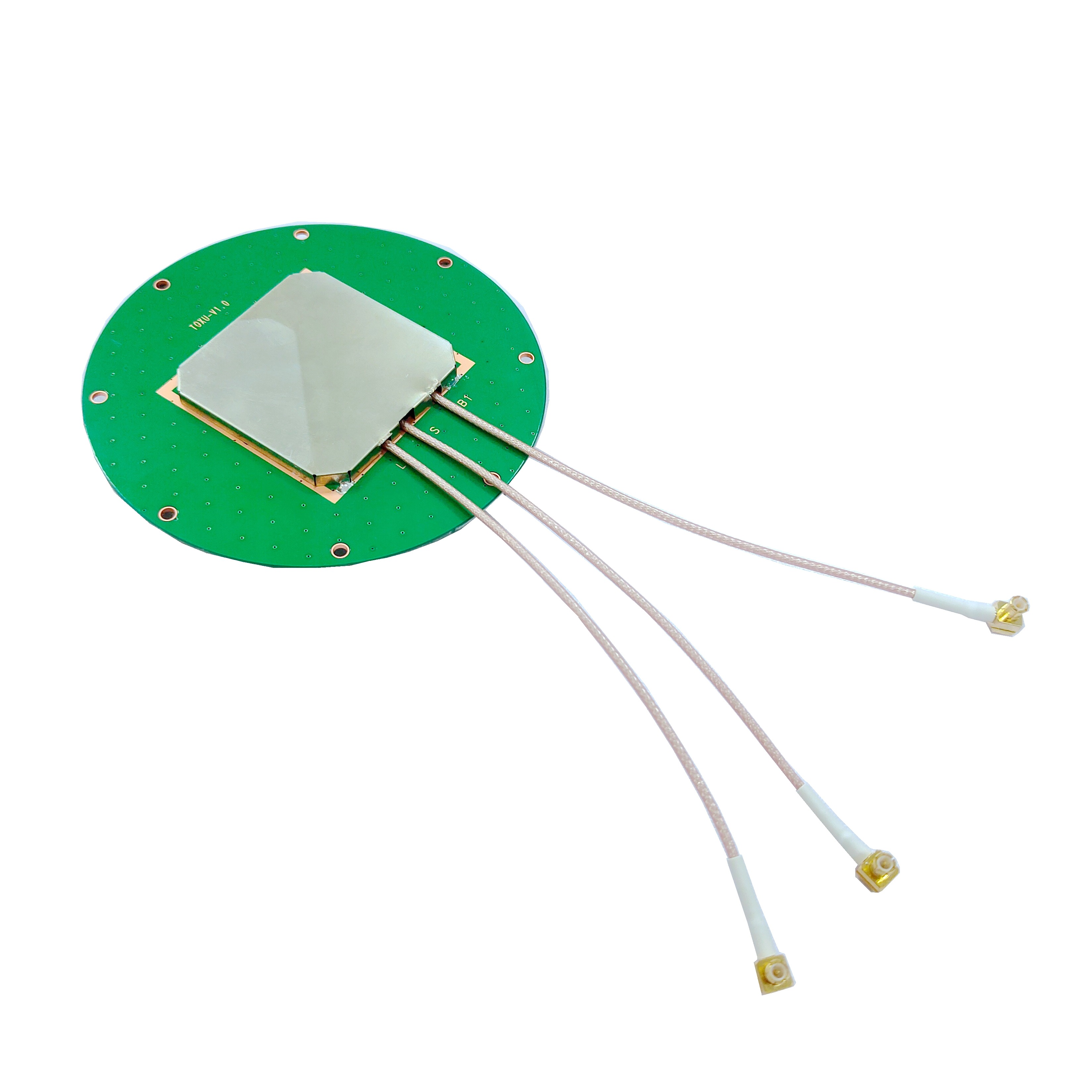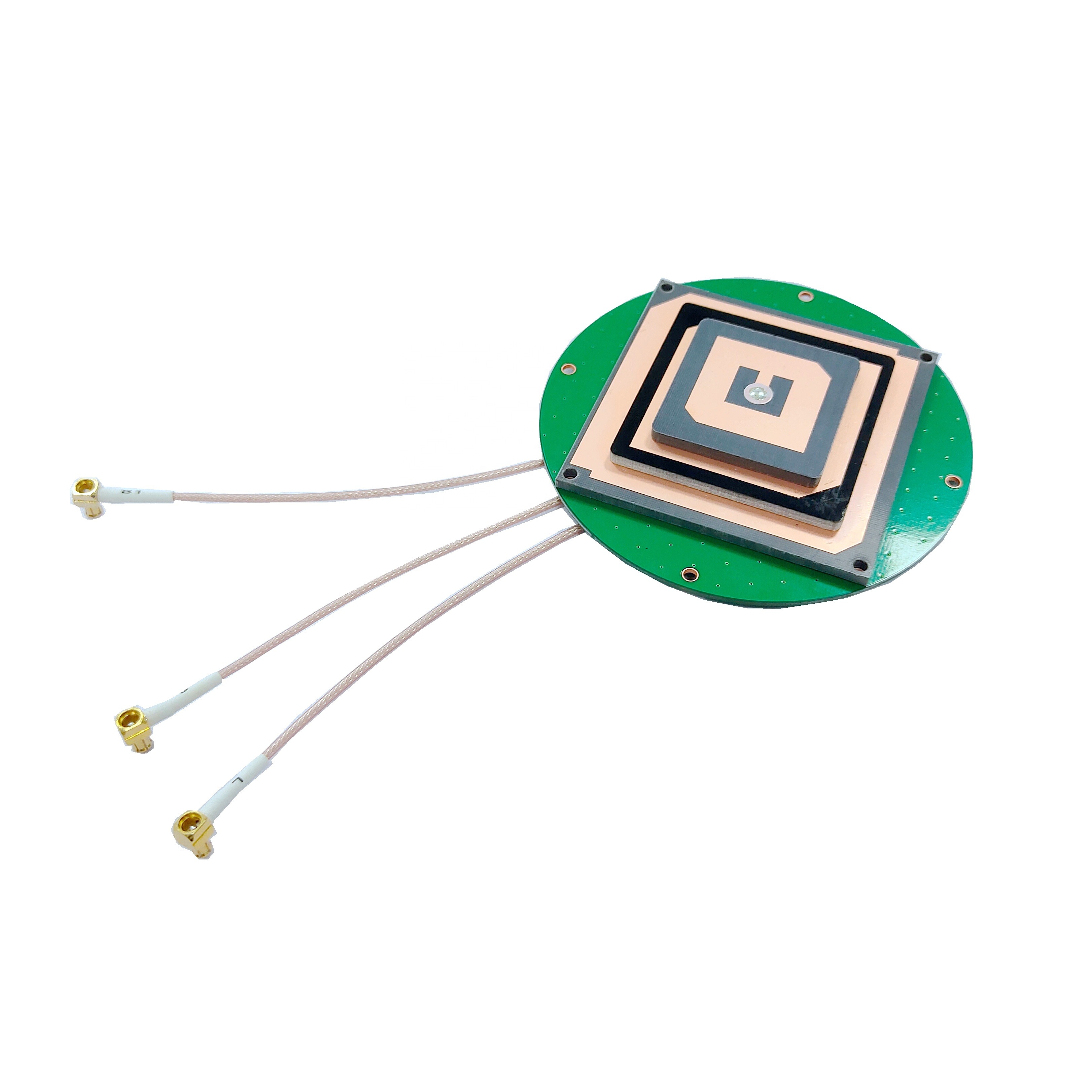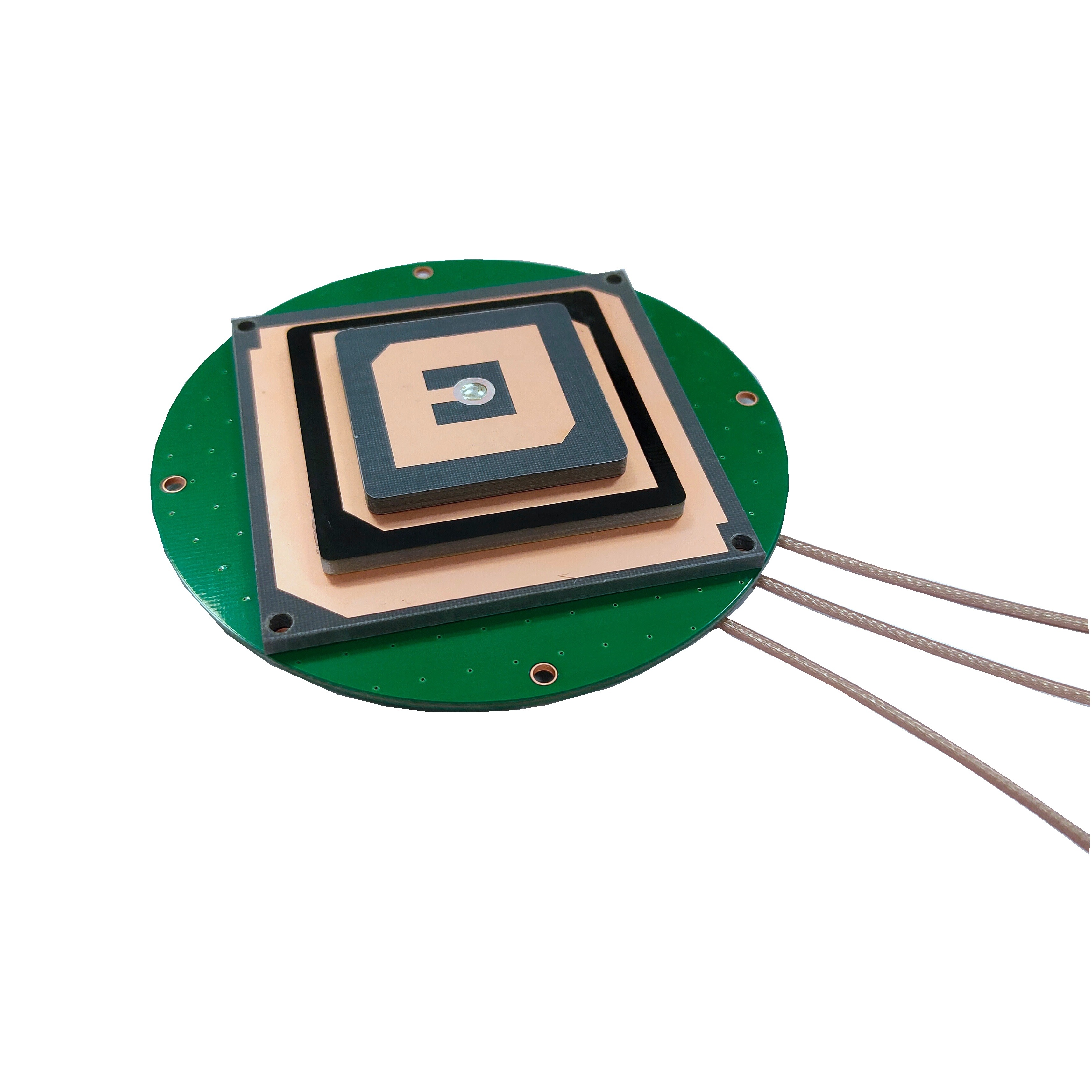Applications
High - precision RTK GNSS embedded modules have a wide range of applications across multiple industries. In the surveying and mapping industry, they are used for land surveying, topographic mapping, and cadastral mapping. Surveyors rely on these modules to measure positions with high precision, which is essential for creating accurate maps, determining property boundaries, and monitoring land deformation over time. The data collected by these modules can also be used in construction projects for site planning, grading, and alignment.
In the automotive industry, RTK GNSS embedded modules play a crucial role in advanced driver assistance systems (ADAS) and autonomous driving. For ADAS, accurate positioning is required for features such as lane - keeping assist, adaptive cruise control, and automatic emergency braking. In autonomous vehicles, these modules are essential for precise vehicle positioning, enabling the vehicle to navigate complex road scenarios, identify lane markings, and interact with other vehicles and infrastructure.
In the aerospace industry, these modules are used for aircraft navigation, approach guidance, and satellite tracking. They help pilots determine the aircraft's position accurately, especially during critical phases such as takeoff and landing. In satellite tracking, they enable ground stations to track the position of satellites precisely, which is important for communication, remote sensing, and other satellite - based applications.
In the realm of smart cities, RTK GNSS embedded modules are used for intelligent transportation systems, asset tracking, and environmental monitoring. In intelligent transportation systems, they can be used to optimize traffic flow, reduce congestion, and improve road safety. In asset tracking, these modules can be used to monitor the location of valuable assets such as containers, vehicles, and equipment in real - time. In environmental monitoring, they can be used to track the movement of pollutants, monitor weather patterns, and study the impact of climate change.
Future Trends
Looking ahead, several future trends are expected to shape the development of high - precision RTK GNSS embedded modules. One trend is the further integration of multiple satellite navigation systems. As more GNSS constellations become fully operational, future modules will be designed to take full advantage of the combined signals from all constellations, providing even greater accuracy and reliability. This multi - constellation integration will also improve the availability of positioning services in areas where signals from individual constellations may be weak or unavailable.
The miniaturization of these modules will continue, driven by the increasing demand for smaller and more compact devices. New materials and manufacturing techniques, such as nanotechnology and 3D printing, will be explored to reduce the size and weight of the modules without sacrificing performance. This will enable the integration of high - precision positioning capabilities into a wider range of devices, including tiny IoT sensors, wearable devices, and micro - drones.
The integration of artificial intelligence (AI) and machine learning (ML) with RTK GNSS embedded modules is an emerging trend. AI and ML algorithms can be used to optimize the performance of the modules, adapt to changing environmental conditions, and improve signal processing in the presence of interference. For example, AI can analyze real - time data from the module and other sensors to predict and mitigate the effects of interference, enhancing the overall accuracy and reliability of the positioning system.
There is also a growing interest in using these modules for indoor positioning. While traditional GNSS is mainly effective outdoors, researchers are exploring ways to adapt the technology for indoor environments, such as shopping malls, airports, and office buildings. High - precision RTK GNSS embedded modules, with their advanced signal processing capabilities, may play a crucial role in developing accurate indoor positioning systems for applications like wayfinding, asset tracking, and indoor navigation.
Conclusion
In conclusion, high - precision RTK GNSS embedded modules are at the forefront of modern positioning technology, enabling accurate and real - time positioning in a wide variety of applications. Their ability to achieve centimeter - level or even millimeter - level accuracy, combined with their multi - constellation and multi - band capabilities and seamless integration features, makes them indispensable in industries ranging from surveying and automotive to aerospace and smart cities.
However, challenges such as the need for reliable correction data sources, electromagnetic interference, power consumption, and cost need to be addressed. Overcoming these challenges will require continuous innovation in design, materials, and manufacturing processes, as well as the development of new technologies and algorithms.
As the demand for high - precision positioning continues to grow across various sectors, the future of RTK GNSS embedded modules looks promising. With trends such as multi - constellation integration, miniaturization, the integration of AI and ML, and the exploration of indoor positioning, these modules will continue to evolve and play an even more significant role in shaping the future of positioning - based technologies. They will contribute to the development of more efficient, safe, and intelligent systems, enabling a wide range of human activities and technological advancements.




































































 Language
Language
 En
En Cn
Cn Korean
Korean

 Home >
Home > 








 18665803017 (Macro)
18665803017 (Macro)













